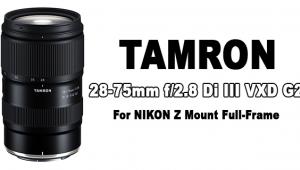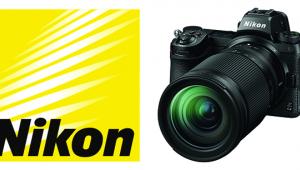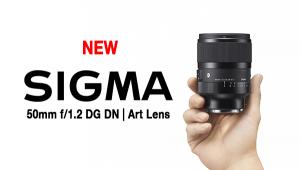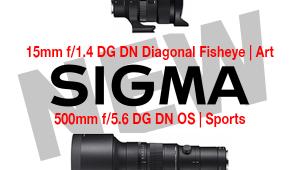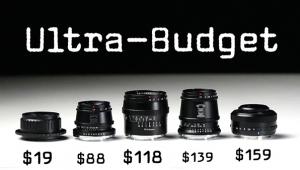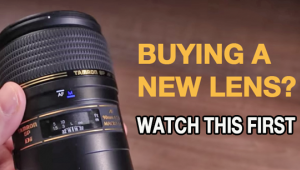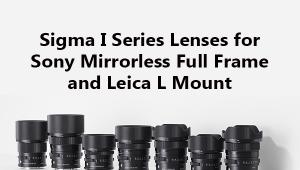Buying Smart: New Life For Favorite Old Lenses: Micro Four Thirds Cameras Open The Door
When Olympus and Panasonic launched the Micro Four Thirds system they offered adapters that enabled the use of regular Four Thirds lenses. Smart move, because it immediately expanded the library of available glass. The goal of Micro Four Thirds is smaller and lighter SLR cameras. The unanticipated benefit is compatibility with tons of lenses we all thought we’d never use again.

All Photos © Jon Sienkiewicz
It’s a fact that the sensor size of Four Thirds and Micro Four Thirds is the same. The difference is that by removing the mirror, the back-focus distance is reduced in Micro Four Thirds cameras, and the door to adapting foreign lenses is now wide open. That favorite old lens you used on your now-retired 35mm SLR isn’t done yet. Same goes for any Leica screwmount, M- or R-series lens. With the right adapter, you can use them on one of the modern Micro Four Thirds cameras.
You won’t have full functionality. Depending on the lens (and to a certain extent, which brand of adapter you buy) you’ll be focusing manually, and setting the exposure can require a kludge (a clumsy but useable workaround). But what a kick to be using that old 35mm f/2 Leitz Summicron that you thought would never again leave the storage cabinet.

What You Need
Micro Four Thirds cameras are available from Olympus and Panasonic. Both companies offer cameras that deliver solid performance at affordable prices. Popular models include the rangefinder-style Panasonic Lumix DMC-GF2 and the retro-looking Olympus E-P2. Both companies offer sub-$500 models, too. And don’t overlook the first generation Olympus E-P1 or Panasonic DMC-G1.
The assumption is that you already own a legacy lens. If it’s a mainstream brand you’re in luck. For over 60 years, Novoflex has been helping photographers adapt. Today they offer Micro Four Thirds adapters for the following lens mounts: Canon FD, M42 screw thread (Pentax), Contax, Leica R, Leica M, Sony/Minolta AF, Minolta MD, Nikon, Olympus OM, Pentax, and T-mount (T2).
Voigtländer offers high-quality Micro Four Thirds adapters for popular models, too. Adapters are available from other manufacturers, but I can’t recommend them. Some have very attractive prices, especially those with obscure names, but many underscore that old adage “you get what you pay for.” The Leica M to Micro Four Thirds adapter I purchased from an online auction site fits so loosely that I had to use the uncomfortable “twist and hold” method to make sure it didn’t fall off the camera. Predictably, results suffered.

How They Work
High-quality, name brand Micro Four Thirds adapters are empty tubes that have been precision milled to exact tolerances. On one end you’ll find the three-flanged bayonet mount that’s common to all Micro Four Thirds cameras. On the other end, a lens mount, complete with locking mechanism. Adapters designed for use with lenses that have manual aperture rings (like Leica M-series lenses, for example) need no other moving parts. Adapters that are used with lenses that have only internal aperture control use a large knurled ring which is twisted to adjust the f/stop. It’s recommended that you rotate this ring fully clockwise (as viewed from the top) to allow the aperture diaphragm to be open during installation.

Attach the adapter to the lens first. Then attach the lens to the camera body. Voigtländer and Novoflex adapters securely click when they lock into place. The rest is simple, but requires some patience and a little practice.
For best results, use a tripod until you really get the hang of it.
Set the camera on Aperture Priority. (With Panasonic cameras you must first navigate the setup menu and tell the camera to function without a lens attached—check your Owners Manual for details.) Focus with the aperture completely open. Then, just before you release the shutter, close the aperture an appropriate amount. What’s appropriate? It depends on the subject of course. Let experience be your guide, and experiment a lot.
You can read Jon Sienkiewicz’s blog at: www.shutterbug.com.
- Log in or register to post comments



